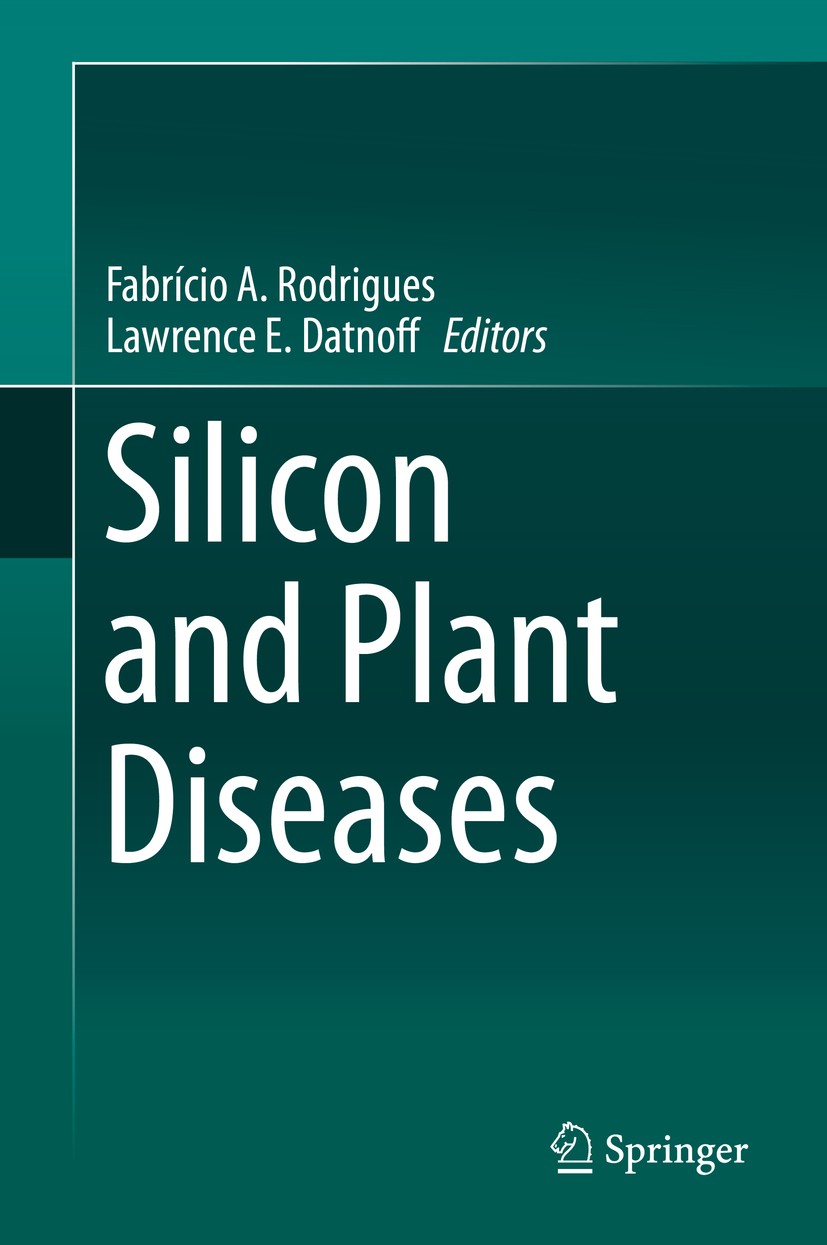| 书目名称 | Silicon and Plant Diseases |
| 编辑 | Fabrício A. Rodrigues,Lawrence E. Datnoff |
| 视频video | http://file.papertrans.cn/868/867343/867343.mp4 |
| 概述 | Up-to-date information on silicon’s effects against different components of host plant resistance in a vast number of dicot and monocot species.Detailed explanation as to why root vs foliarly applied |
| 图书封面 |  |
| 描述 | Silicon, considered to be the second most abundant mineral element in soil, plays an important role in the mineral nutrition of plants. A wide variety of monocot and dicot species have benefited from silicon nutrition, whether direct or indirect, when they are exposed to different types of abiotic and or biotic stresses. Besides the many agronomic and horticultural benefits gained by maintaining adequate levels of this element in the soil and also in the plant tissue, the most notable effect of silicon is the reduction in the intensities of a number of plant diseases caused by biotrophic, hemibiotrophic and necrotrophic plant pathogens in many crops of great economic importance. The aim of this book is to summarize our current understanding of the effects of silicon on plant diseases. The chapters address the dynamics of silicon in soils and plants; the history of silicon in the control of plant diseases; the use of silicon to control soil-borne, seed-borne and foliar diseases in monocots and dicots; the mechanisms involved in the host resistance against infection by plant pathogens mediated by silicon as well as the current knowledge at the omics level, and finally, highlights and |
| 出版日期 | Book 2015 |
| 关键词 | induced resistance; mechanisms of host resistance; mineral nutrition; plant disease; silicon |
| 版次 | 1 |
| doi | https://doi.org/10.1007/978-3-319-22930-0 |
| isbn_softcover | 978-3-319-35262-6 |
| isbn_ebook | 978-3-319-22930-0 |
| copyright | Springer International Publishing Switzerland 2015 |
 |Archiver|手机版|小黑屋|
派博传思国际
( 京公网安备110108008328)
GMT+8, 2025-12-17 23:27
|Archiver|手机版|小黑屋|
派博传思国际
( 京公网安备110108008328)
GMT+8, 2025-12-17 23:27


